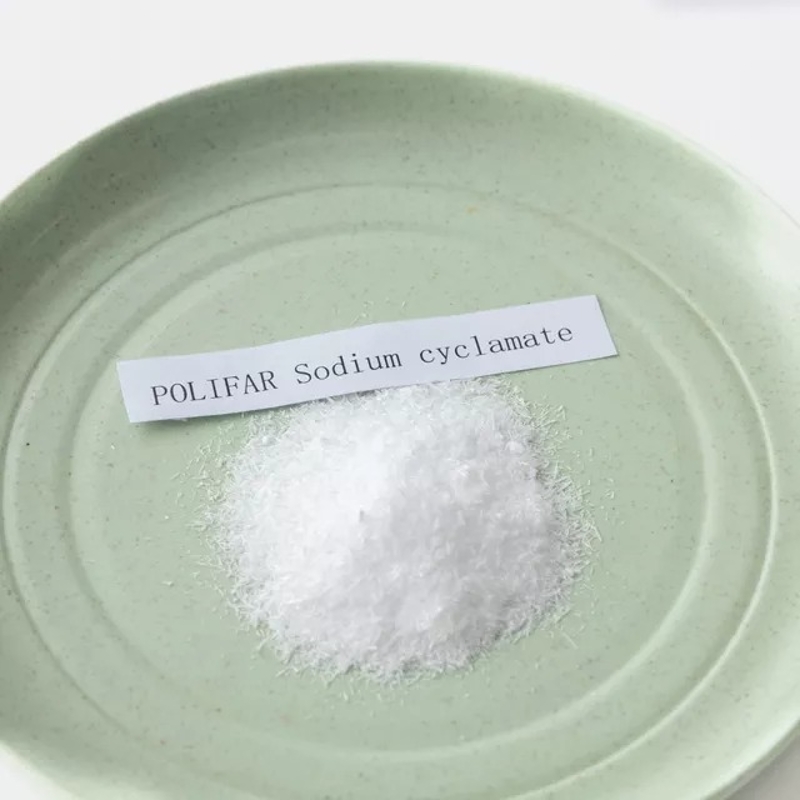-
Categories
-
Pharmaceutical Intermediates
-
Active Pharmaceutical Ingredients
-
Food Additives
- Industrial Coatings
- Agrochemicals
- Dyes and Pigments
- Surfactant
- Flavors and Fragrances
- Chemical Reagents
- Catalyst and Auxiliary
- Natural Products
- Inorganic Chemistry
-
Organic Chemistry
-
Biochemical Engineering
- Analytical Chemistry
- Cosmetic Ingredient
-
Pharmaceutical Intermediates
Promotion
ECHEMI Mall
Wholesale
Weekly Price
Exhibition
News
-
Trade Service
On February 12, medical staff at Wuhan Medical Treatment Center were working hard to rescue critically ill patients infected with H7N9 avian influenza. Figure /Visual China This year
cases of human infection with H7N9 avian influenza in 16 provinces of China have increased significantly compared with the same period last year. Data released by the National Health and Planning Commission show that in January, there were 192 cases of human infection with H7N9 avian influenza in China, resulting in 79 deaths. This outbreak (September 2016-present) is characterized by an early onment, a significant increase in the number of infections and a high level of poultry infection.
the same time, many rumors spread on the Internet. "The doctor involved in the rescue, Hu Haibing, has been quarantined and 5570 poultry in Ruichang City have been infected, " said Yan Aijun of Gaofeng Township in Ruichang City, Jiangxi Province, who died of H7N9 avian influenza after eating a large plate of chickens at the Wushi Street Hotel. After the Spring Festival this year, the above information appeared in Ruichang, Jiangxi Province, and was widely disseminated. At present, the local government has made a disinformation about this.
such as this, "citizens eat large plates of chicken infected with avian influenza death" as the base plate processing rumors have been in Jiangxi Ruichang, Shandong Texas and Inner Mongolia and many other places. In addition, "pepper phoenix claws" and so on are also used by disinformation elements to concoct false news.
's the real situation? According to authoritative information released by the State Health and Planning Commission, the most important risk factor for human infection with the H7N9 virus is direct or indirect exposure to infected live poultry or contaminated environments with poisonous poultry. At present, the majority of confirmed cases of H7N9 in China have a history of exposure or exposure to live poultry before the onset of the disease, and the proportion of exposure to live poultry market is the majority.
noted that there is no evidence that the H7N9 virus can be transmitted to humans through properly treated poultry or eggs. In addition, eating cooked food will not be infected with the H7N9 virus.
the
of avian influenza
can
"
-to-human
"
?
experts say the virus, which is still a bird-source virus, has not been effectively transmitted from person to person
. Does H7N9 avian influenza have human-to-human transmission capabilities? For years, this has been one of the issues of public concern every time an outbreak has spread.
the National Health and Planning Commission issued a message that monitoring shows that although occasional local cluster cases (2-3 cases, no further cases), but there is no evidence that the H7N9 virus can continue to "human-to-human."
addition, the World Health Organization representative office in China also said that china has recently re-emerged H7N9 influenza outbreak, but there is no evidence that the H7N9 influenza virus has sustained human-to-human transmission capacity.
In the CDC Health Emergency Response Center, the deputy director of the new explanation, H7N9 influenza virus belongs to the influenza A virus, and one of the important characteristics of influenza A virus is relatively easy to mutate, so closely monitoring the possible changes of the H7N9 virus has been one of the key elements of prevention and control work, because once the H7N9 virus is easy to spread from person to person, it may become the pathogen of the new influenza pandemic.
said the results of the H7N9 virus test in this wave of outbreaks show that the virus has not understated significant variation, is still a poultry-origin virus, has not obtained effective human-to-human ability, the virus is currently commonly used in antiviral drugs such as Taffy is also sensitive.
Related News
Guangdong two cases of infected people virus mutation national no impact on people
the CDC announced on the 19th, two cases of human infection in Guangdong H7N9 virus variant was found. The virus mutates into a highly pathogenic virus in poultry and has not yet developed mutations that increase human infection, toxicity and human-to-human transmission.
that both cases had a history of poultry exposure before the onset of the disease, and in their exposed flocks have occurred in the phenomenon of poultry disease and death. One case has now been cured and the other is still being treated. All 105 close contacts in both cases were medically observed for two weeks and showed no symptoms of fever, cough or other discomfort.
disease control said that some mutations in the H7N9 virus may lead to the virus to human infection, toxicity and human-to-human transmission capacity, so the problem of virus mutation has been widely concerned at home and abroad.
, laboratories in the agricultural sector also found similar mutant viruses in four poultry specimens in Guangdong. The Health and Family Planning System, in cooperation with the agricultural sector, will study the source and extent of the mutated virus and continue to strengthen the monitoring of the H7N9 virus to detect any possible variants in a timely manner.
, Wang Linghang, deputy director of the infection department at Ditan Hospital and an expert on viral infectious diseases, said the flu virus mutation has been occurring. The flu vaccine needs to be played year after year because the flu virus is occurring in real time or a large or small mutation. "Variation is nature, the key is to look at the clinical significance of the variation point."
, director of the National Influenza Center of the Cdcs for Disease Control and Prevention, said the H7N9 virus mutation had no effect on humans, and previous treatments and drugs were still applicable. "Previously, H7N9 infection in poultry was generally not shown to be pathogenesis or death. However, this mutated H7N9 virus causes poultry deaths. Therefore, it is speculated that the mutated virus has a greater impact on agriculture." Journalist Li Dandan.







